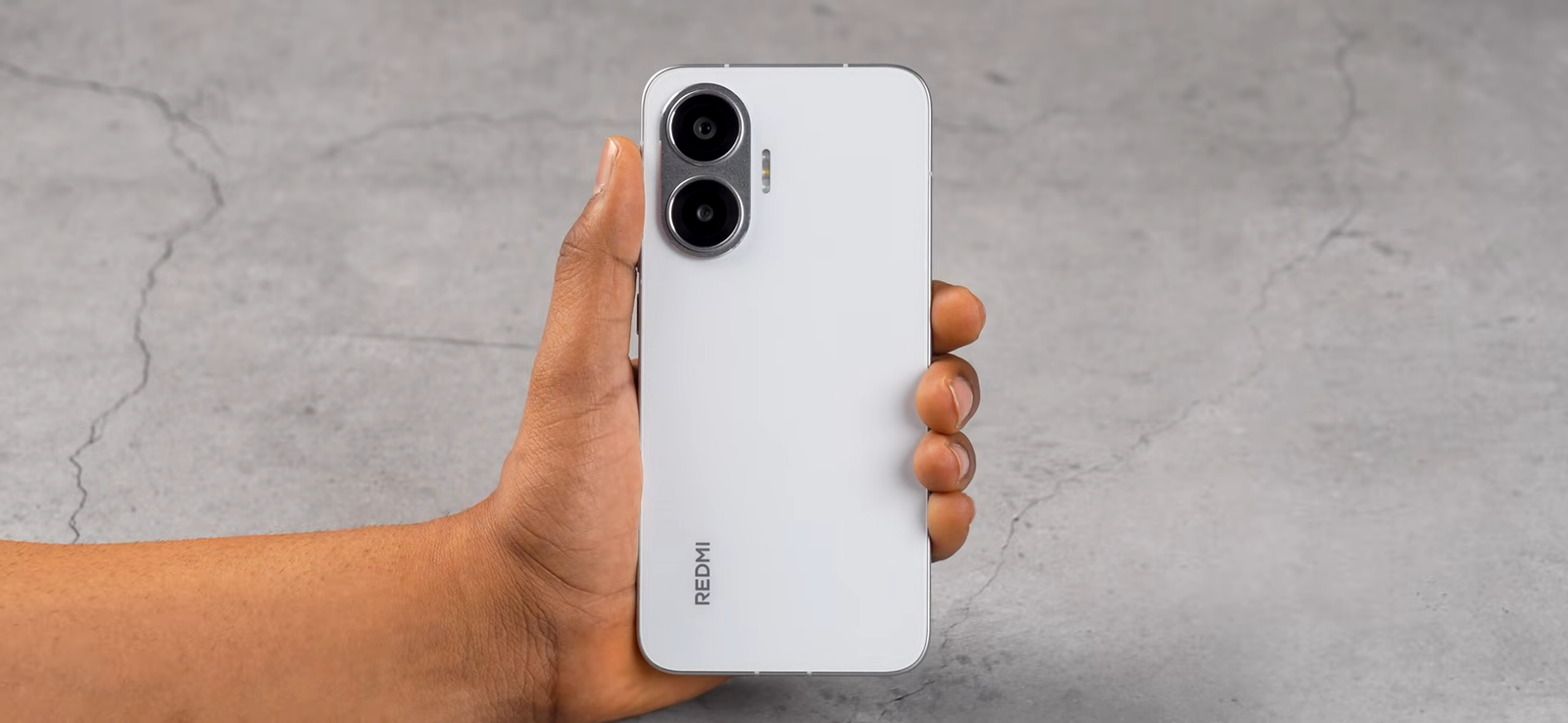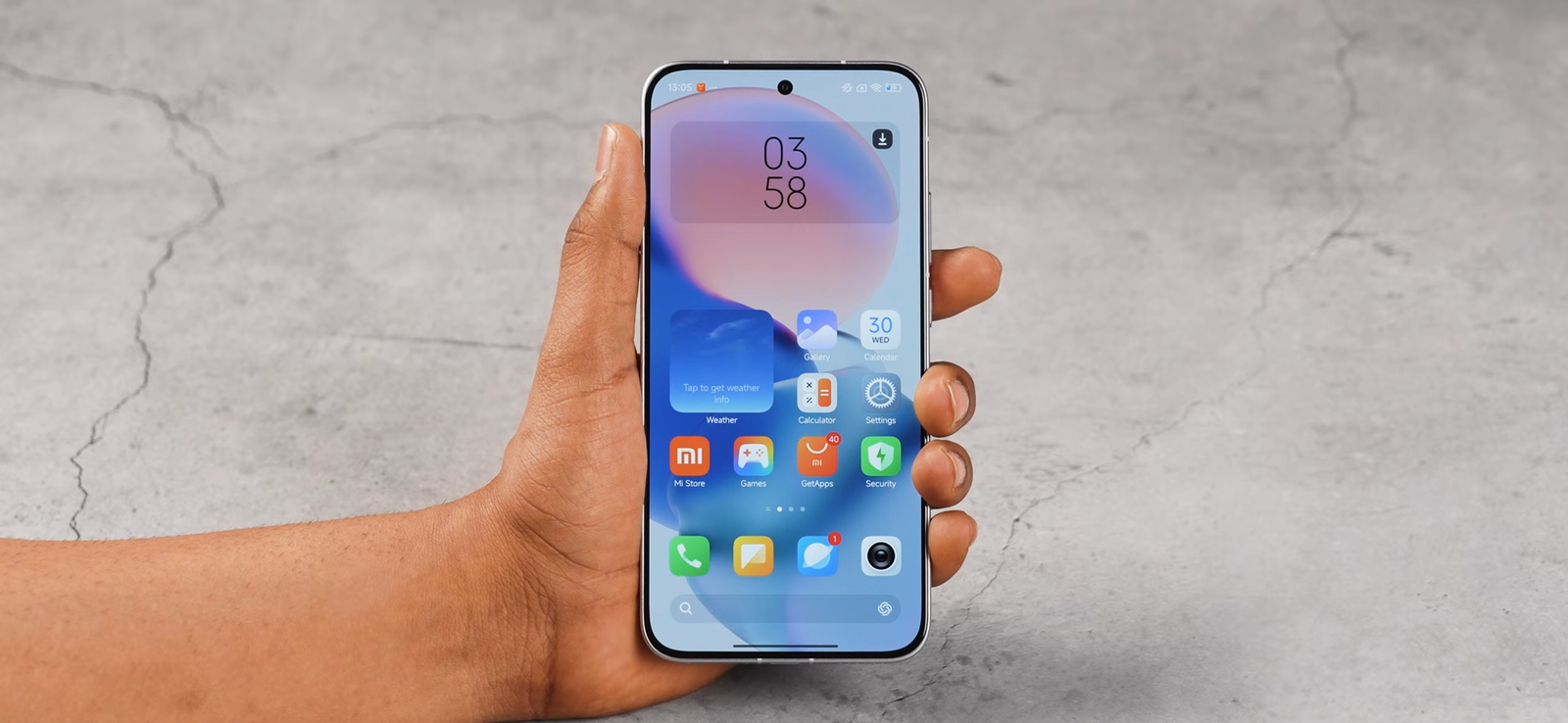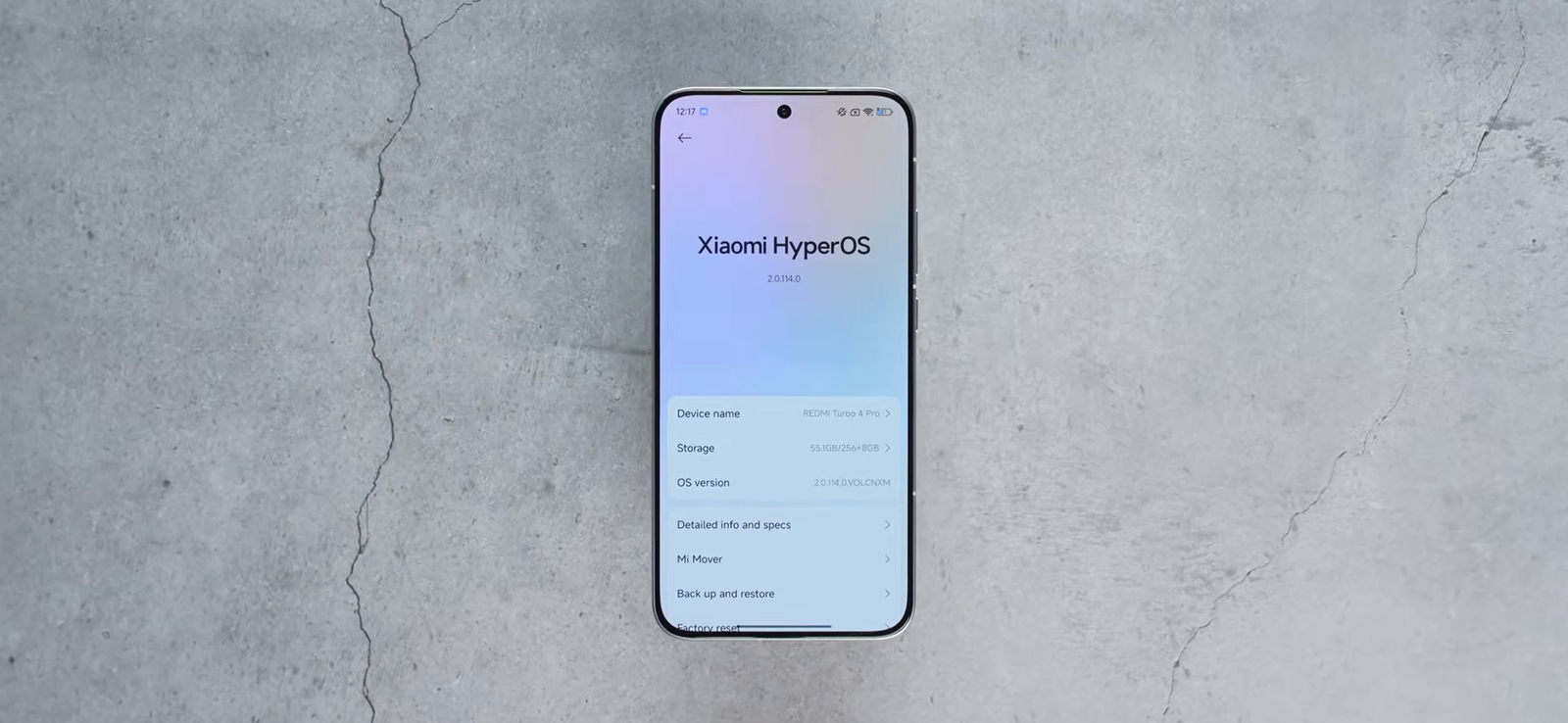Redmi Turbo 4 Pro has officially launched in China, and many Indian consumers are already curious about it. Why? Because this phone is expected to arrive in India soon under a different name—most likely as the Poco F7. If you’re someone waiting to buy a new smartphone, this early look can help you decide whether to wait for this device or buy something else now.

Let’s break it all down in easy-to-understand terms.
Coming to India as Poco F7
This phone won’t be launched in India as the Redmi Turbo 4 Pro. It’ll come as the Poco F7. And for those who’ve followed Poco’s F-series legacy, the highlight has always been high performance. The F-series is known for powerful internals, great displays, and now, even a massive battery.
Battery & Charging: Powerhouse Device
The Turbo 4 Pro packs a huge battery—a whopping 7550mAh. That’s one of the biggest batteries in any mainstream phone today. It supports 90W fast charging, which means it can juice up quickly despite the massive battery size. It even supports 22.5W wired reverse charging, letting you charge other phones too.
In the box, you get:
-
90W charger
-
USB Type-A to Type-C cable
-
SIM ejector tool
-
Basic TPU case
Despite its big battery, the phone doesn’t look outdated. It feels broad and sturdy in hand. The overall design and feel are comparable to the iPhone 16, especially with its flat back and side profile. The phone weighs around 223g, and part of that weight is due to the metal frame, which also gives it a premium feel.

Design & Ports
-
Bottom: SIM tray, USB-C port, speaker grill
-
Right: Power button and volume rocker
-
Top: Secondary mic and IR blaster
-
Left: Clean, no buttons or ports
Expected Pricing in India
The 12GB RAM + 256GB storage version is priced at 1999 yuan in China. In India, it’s expected to launch under ₹30,000, which puts it in the mid-premium segment. The Indian variant might also start at 8GB + 256GB.
Performance: First with Snapdragon 8s Gen 3
The Turbo 4 Pro (Poco F7) is the first phone to come with the Snapdragon 8s Gen 3 processor. Its AnTuTu score reaches around 2.1 million—very close to the Snapdragon 8 Gen 3. It’s built on the same 4nm TSMC process, which delivers excellent thermal efficiency and overall smoothness.
Gaming on this device is top-notch. Games like Genshin Impact run at more than 59 FPS on high settings. Most users won’t even notice a difference between this and the highest-end chips.
Performance upgrades over previous generation chips:
-
31% improvement over Snapdragon 8s Gen 2
-
49% GPU boost compared to 8s Gen 2
Combine this chip with LPDDR5X RAM and UFS 4.1 storage, and you’ve got an absolute performance beast for the price.
Display: Bright, Sharp, Big
The display has been upgraded to 6.83 inches from previous 6.67 or 6.7 inches.
-
Resolution: 1.5K
-
Refresh rate: 120Hz
-
Brightness: 3200 nits peak, 1800 nits HBM
-
Panel: 12-bit color
-
Bezels: 1.5mm sides, 1.9mm chin
-
Screen-to-body ratio: ~93.94%

This screen is big, bright, and sharp—perfect for gaming and content consumption.
Cameras: Not the Main Highlight
Camera setup:
-
Rear: 50MP main + 8MP secondary
-
Front: 20MP selfie
While camera performance is okay, the Poco F series has never been camera-focused. The photos are decent, and you can shoot up to 4K 60fps videos with the main rear sensor. However, you shouldn’t expect flagship-level image quality. A Google Drive link with photo samples was provided in the original source for those interested.
Software: HyperOS Based on Android 15
The phone runs on Xiaomi’s new HyperOS 2.0 based on Android 15. Update support will be confirmed once the Indian variant is launched. Expect a clean UI with potential AI features, which will be discussed more in the final review.

Connectivity & Sensors
-
Wi-Fi 7
-
Bluetooth 5.4
-
12–13 5G bands
-
In-display fingerprint sensor
-
Face unlock
-
All necessary sensors
-
IR blaster
-
No notification light
-
IP68/69 level water and dust resistance (exact spec will be confirmed in India)
| Category | Details |
|---|---|
| Model | Xiaomi Redmi Turbo 4 Pro |
| Release Date | 2025, April 24 |
| Weight | 219g |
| Thickness | 8mm |
| Operating System | Android 15, HyperOS 2 |
| Storage Options | 256GB/512GB/1TB, no card slot |
| Display Size | 6.83 inches |
| Display Resolution | 1280x2772 pixels |
| Main Camera | 50MP + 8MP |
| Selfie Camera | 20MP |
| RAM | 12GB / 16GB |
| Processor | Snapdragon 8s Gen 4 |
| Battery Capacity | 7550mAh |
| Charging | 90W wired, 22.5W reverse |
| Network Technology | GSM / CDMA / HSPA / CDMA2000 / LTE / 5G |
| 2G Bands | GSM 850 / 900 / 1800 / 1900, CDMA 800 |
| 3G Bands | HSDPA 800 / 850 / 900 / 1700 / 2100, CDMA2000 1x |
| 4G Bands | 1, 3, 4, 5, 8, 19, 28, 34, 38, 39, 40, 41, 42, 48, 66 |
| 5G Bands | 1, 3, 5, 8, 28, 38, 40, 41, 48, 66, 77, 78 SA/NSA/Sub6 |
| Speed | HSPA, LTE, 5G |
| Body Dimensions | 163.1 x 77.9 x 8 mm |
| Build | Glass front, aluminum frame, glass back |
| SIM | Nano-SIM + Nano-SIM |
| IP Rating | IP68 |
| Display Type | AMOLED, 120Hz, Dolby Vision, HDR10+, HDR Vivid |
| Display Brightness | 800 nits (typ), 1800 nits (HBM), 3200 nits (peak) |
| Chipset | Qualcomm SM8735 Snapdragon 8s Gen 4 (4 nm) |
| CPU | Octa-core (1x3.21 GHz + 3x3.0 GHz + 2x2.8 GHz + 2x2.0 GHz) |
| GPU | Adreno 825 |
| Card Slot | No |
| Internal Storage | 256GB 12/16GB, 512GB 12/16GB, 1TB 16GB |
| Camera Features | LED flash, HDR, panorama |
| Video | 4K@30/60fps, 1080p@30/60/120/240/960fps, gyro-EIS |
| Selfie Video | 1080p@30/60fps |
| Loudspeaker | Yes, with stereo speakers |
| 3.5mm Jack | No |
| Audio Quality | 24-bit/192kHz Hi-Res & Hi-Res Wireless |
| Wi-Fi | Wi-Fi 802.11 a/b/g/n/ac/6/7, dual-band, Wi-Fi Direct |
| Bluetooth | 5.4, A2DP, LE, aptX, LHDC 5 |
| Positioning | GPS, BDS, GALILEO, QZSS, NavIC, GLONASS |
| NFC | Yes |
| Infrared | Yes |
| Radio | No |
| USB | USB Type-C 2.0, OTG |
| Sensors | Fingerprint (under display), accelerometer, gyro, proximity, compass |
| Battery Type | Si/C Li-Ion |
| Reverse Charging | 22.5W reverse wired |
| Colors | Black, White, Green, Harry Potter edition |
| Model Number | 25053RT47C |
| Price | About 240 EUR |
Final Thoughts: Should You Wait for Poco F7?
If your budget is between ₹25,000 and ₹30,000 and you’re looking for excellent performance, display quality, and battery life—then yes, this phone is worth waiting for. The Redmi Turbo 4 Pro (Poco F7) is shaping up to be one of the strongest contenders in the mid-range segment this year.
However, keep in mind: Poco’s F-series phones have had past issues like motherboard failures and green lines. While this isn’t unique to Poco—other brands like OnePlus also face similar problems—it’s worth keeping an eye on long-term reliability and support once the Indian variant hits the market.
Unlock the World of Gadgets!
Subscribe to Gadget Explorer Pro for:
- The latest tech reviews & recommendations
- Exclusive deals & insider updates
Join us now and explore like a pro!













